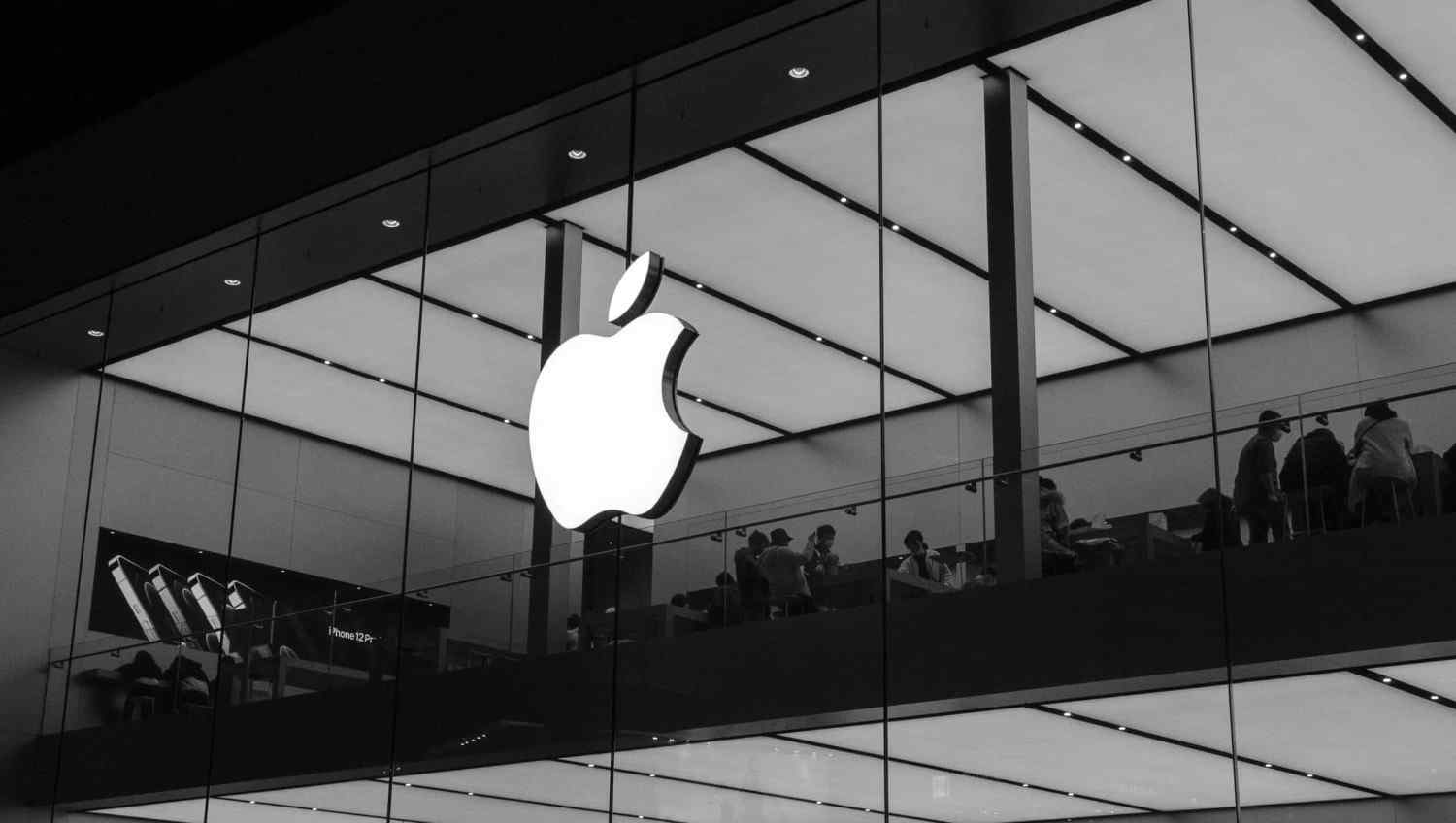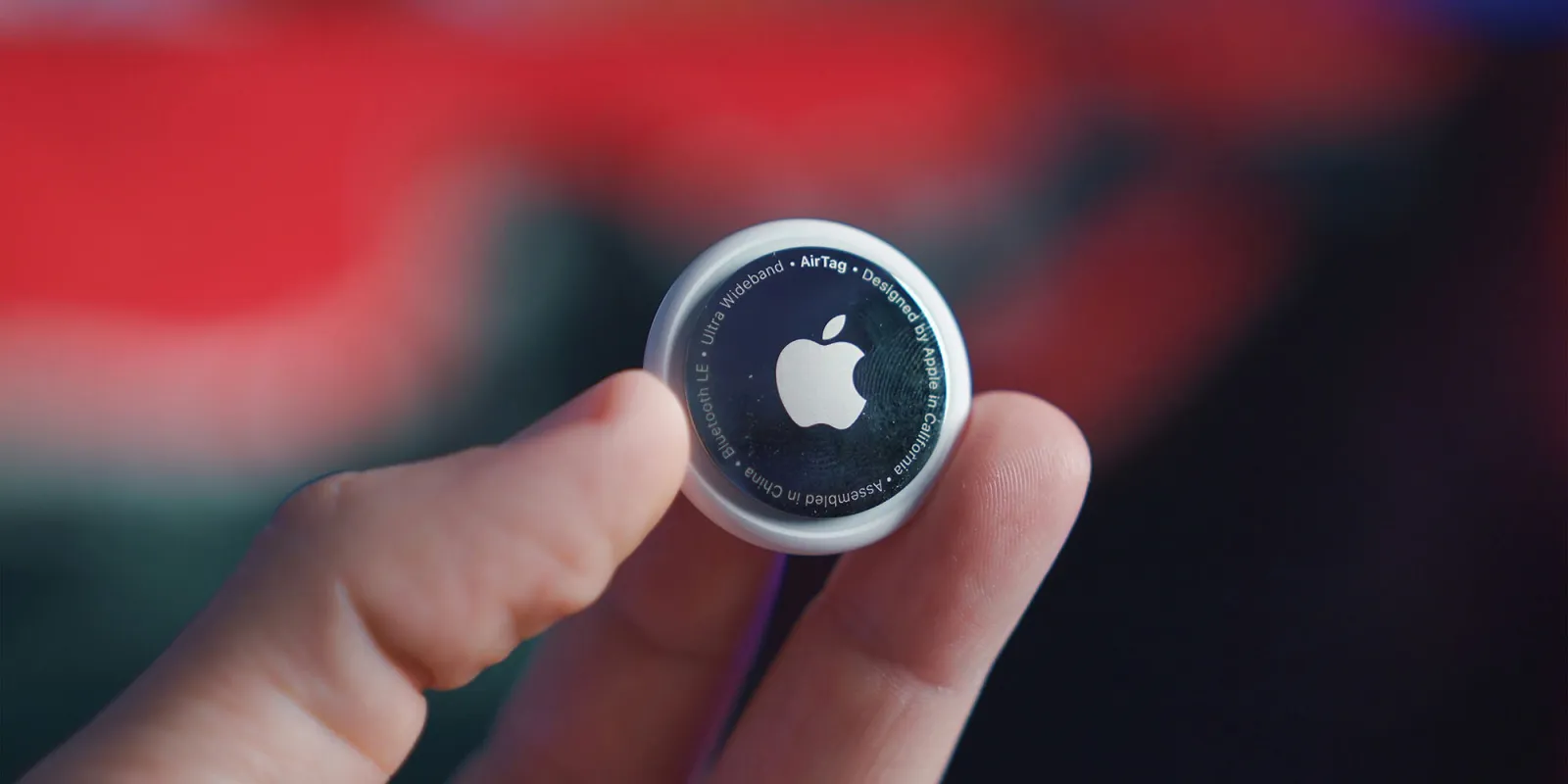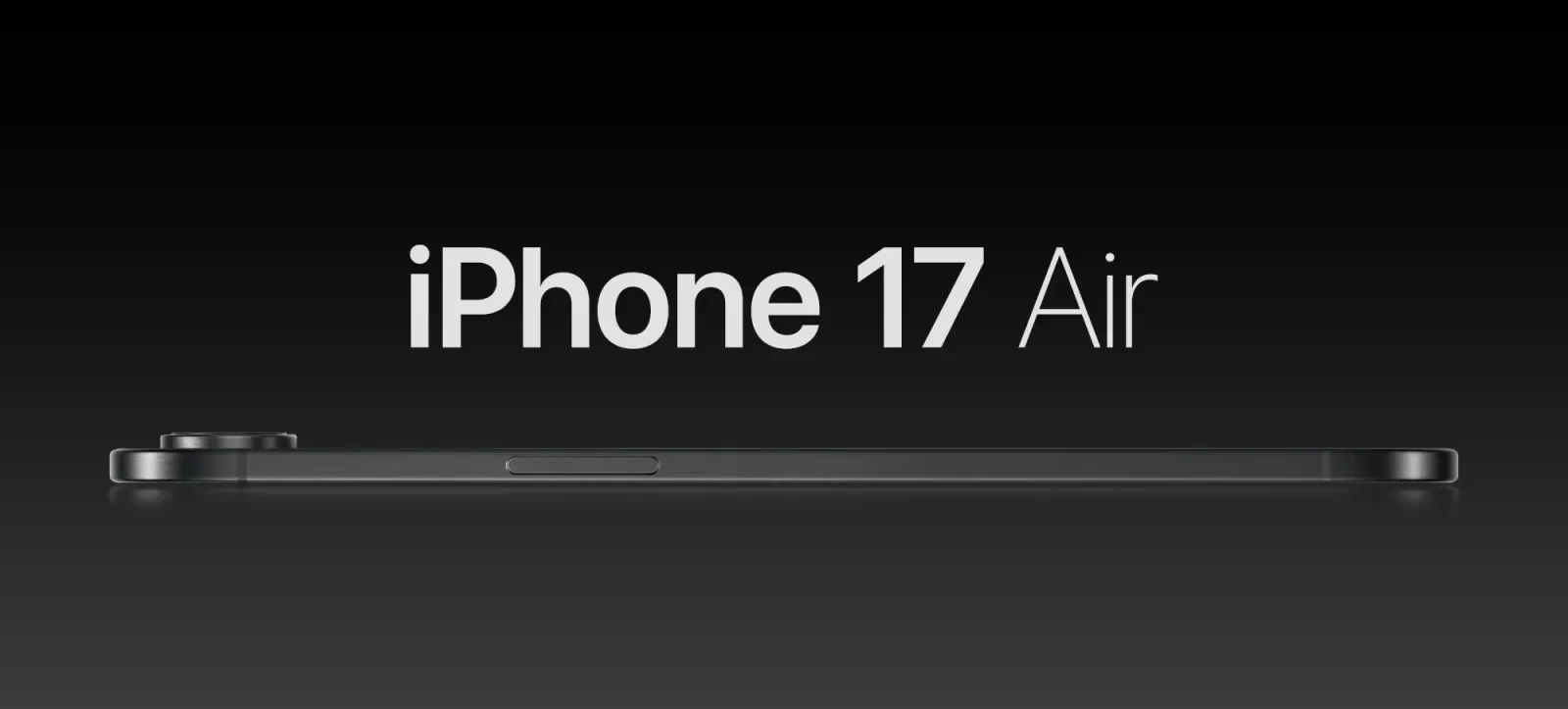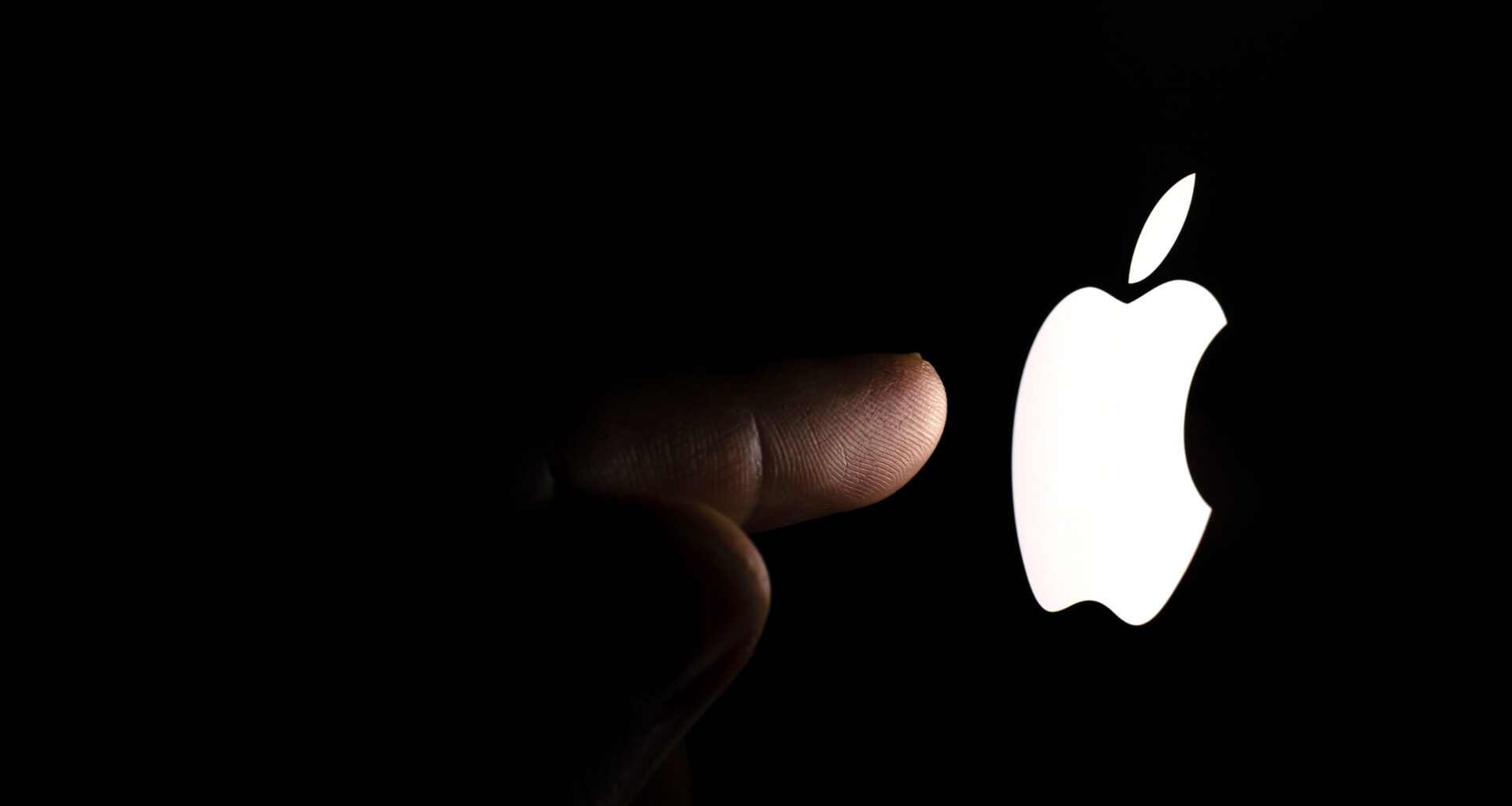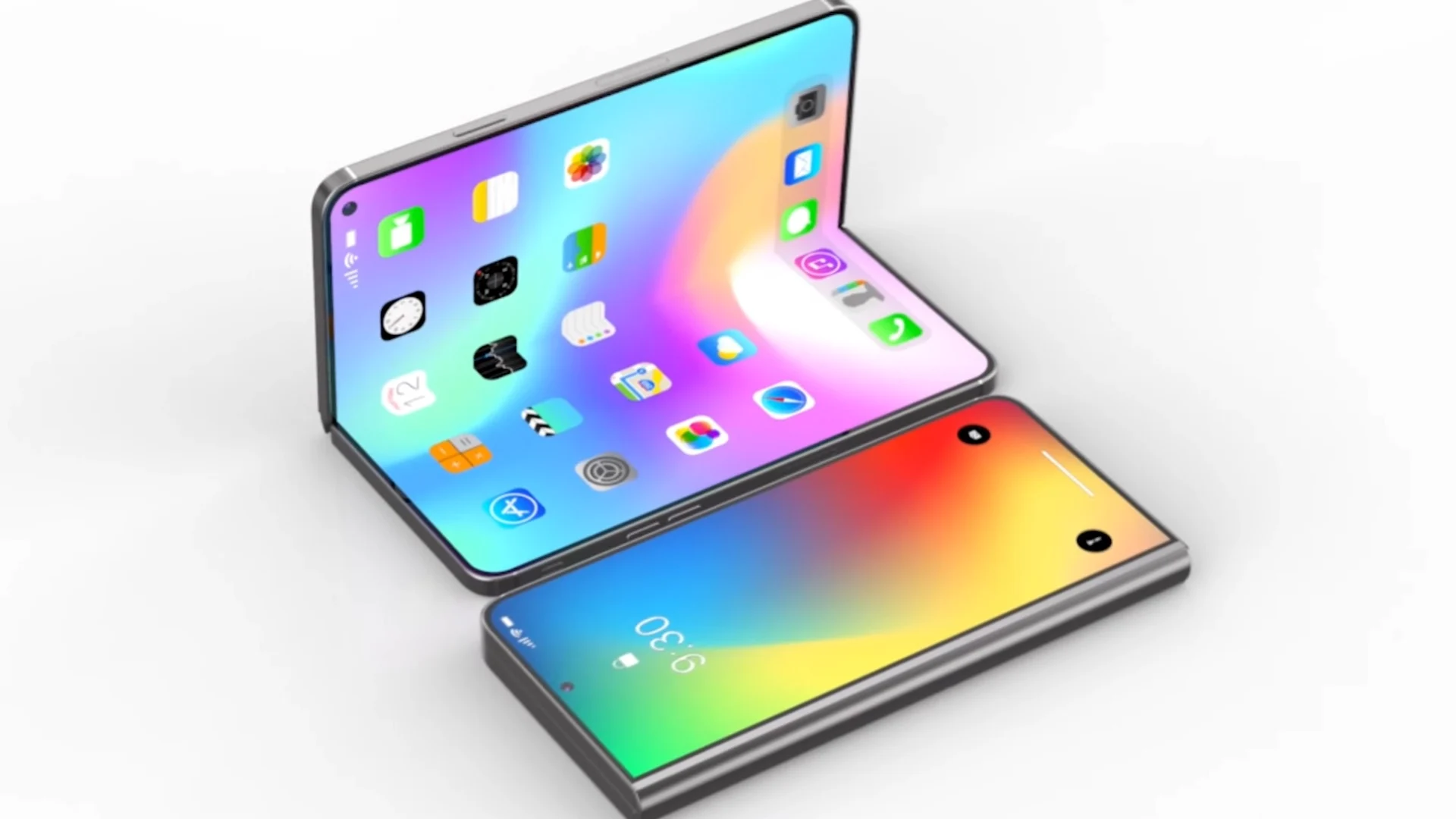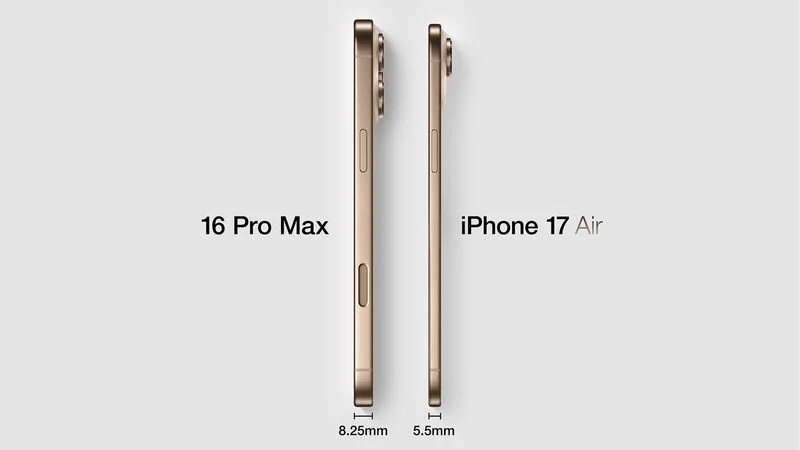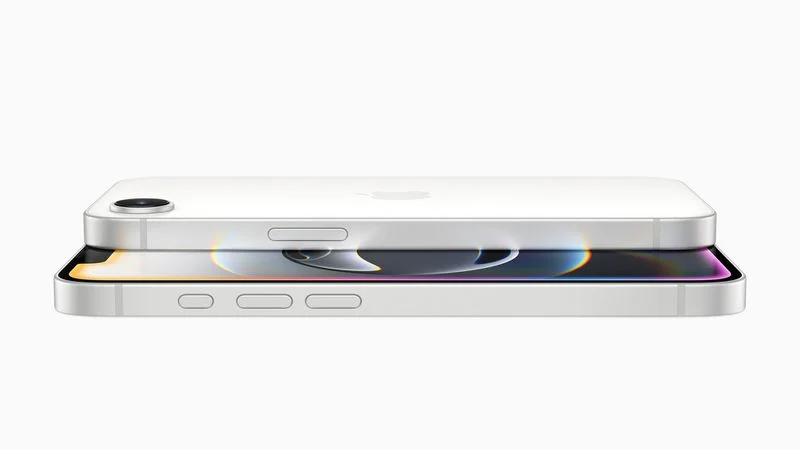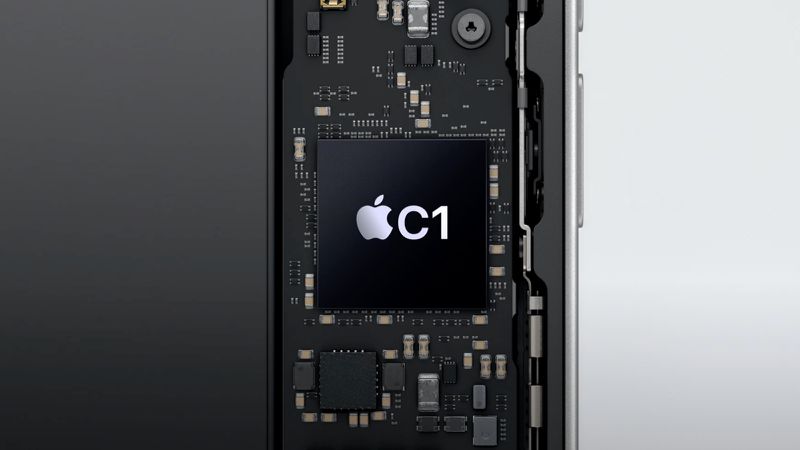Apple may decide to rename Siri as it makes a big update to the assistant, possibly when the WWDC event takes place. They plan to update Siri to sound trendier and smarter, showing how artificial intelligence has grown in recent times. This shift might make Apple different as AI plays a bigger role in regular technology.
Besides the new Siri functionality, Apple is designing an AI system to manage the iPhone battery. The feature is coming with the iPhone 17 Air, a handset that is due to be released soon. It will monitor how users charge and use their phones, which helps it boost the battery life and condition. That way, your phone won’t run out of power quickly and should preserve its battery as well.
All in all, these improvements reveal Apple’s drive to make its devices improve in helping users. If you update Siri’s name and make your battery smarter, your iPhone will listen to you better and work smoothly. You can probably expect Apple to reveal these updates at WWDC, during which the company highlights its new technology. The next Apple devices are expected to bring us a smarter AI assistant and give us longer battery life.
